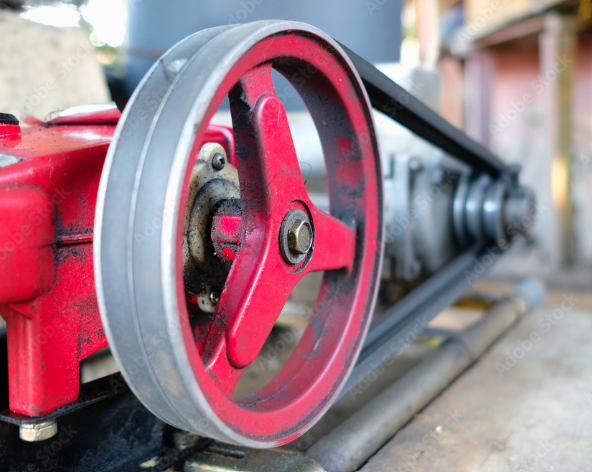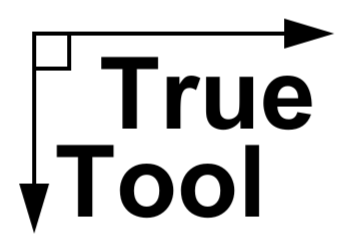
Types of V-Belt Pulleys
Share
Selecting a v-belt pulley can be overwhelming. There are a variety of styles and material types. We will lay out the common types and key differences below.
Materials
- Cast iron pulleys are the most common pulleys for industrial drives. These are heavy duty, economical pulleys that come in a wide variety of sizes. They are commonly painted grey in the aftermarket / replacement market. It is important to note that these pulleys are typically rated for a maximum surface speed of 6500 FPM. Check with the manufacturer for specifics.
- Steel pulleys are usually available in smaller sizes, 3"-8" in diameter. These pulleys are often painted black in the aftermarket / replacement market. These pulleys are more durable and, depending on the manufacturer, may be rated for higher speeds.
- Aluminum / zinc pulleys are found on low-power and/or economical equipment where high power transfer isn't needed. They are usually silver, as this is the natural color and they won't rust in this state. These pulleys can be very cheap, but also vary greatly in quality, be sure to do your research.
Process
- Cast pulleys are the most common. These are from iron or aluminum / zinc. Many aluminum / zinc pulleys are cast and simply touched up to remove mold lines. Iron pulleys will be cast, then have the bore and groove machined for higher accuracy. Cast iron pulleys will typically by single plane balanced as standard. Aluminum / zinc pulleys are not usually balanced due to their small diameter and low weight.
- Steel and aluminum pulleys are machined from billet. Machined aluminum pulleys are reserved for niche applications. Steel pulleys are common in industrial and high performance applications. They are durable and accurate. Both of these take round stock close to the diameter required, then machine the bore, outer diameter, groove, and weight reduction.
- Stamped / formed steel pulleys are found in applications where weight reduction and low cost is needed on larger diameters. These types of pulleys take two steel plates and form each into the shape of half of a pulley. Then they are riveted or welded together with the hub. There may or may not a final step to touch up the outer diameter or groove.
Style
- Single groove pulleys are useful for lower power applications where only a single belt rib is required. Common on outdoor power equipment, air compressors, and small air handlers.
- Multi-groove pulleys are found on industrial equipment where power transfer and durability is required. Ultimately, the belt manufacturer's ratings will determine the number of ribs needed.
- Variable speed pulleys have two halves which can be moved in and out to change the diameter at which the belt operates. This can be useful for drives where the speed must be changed frequently without the use of a transmission or VFD.
- V-ribbed pulleys are used in special cases where drives must be very compact or have high speed ratios. These belts are different than standard v-belts.
- Flat pulleys, or idlers, can be used for tensioning, to increase drive pulley wrap angle, or divert the belt to avoid other components. These types of pulleys are not used for power transmission in new drives, only as idlers.
Shape
Each type of pulley noted above can be made as a solid disk, webbed / spoked, or recessed / concave. This does not necessarily affect the function of the pulley and depends on the manufacturer, pulley size, and target weight.
This information can help you make your next v-belt pulley selection like a pro. Be sure to follow all the manufacturer's recommendations for speed, power, installation, and maintenance.
